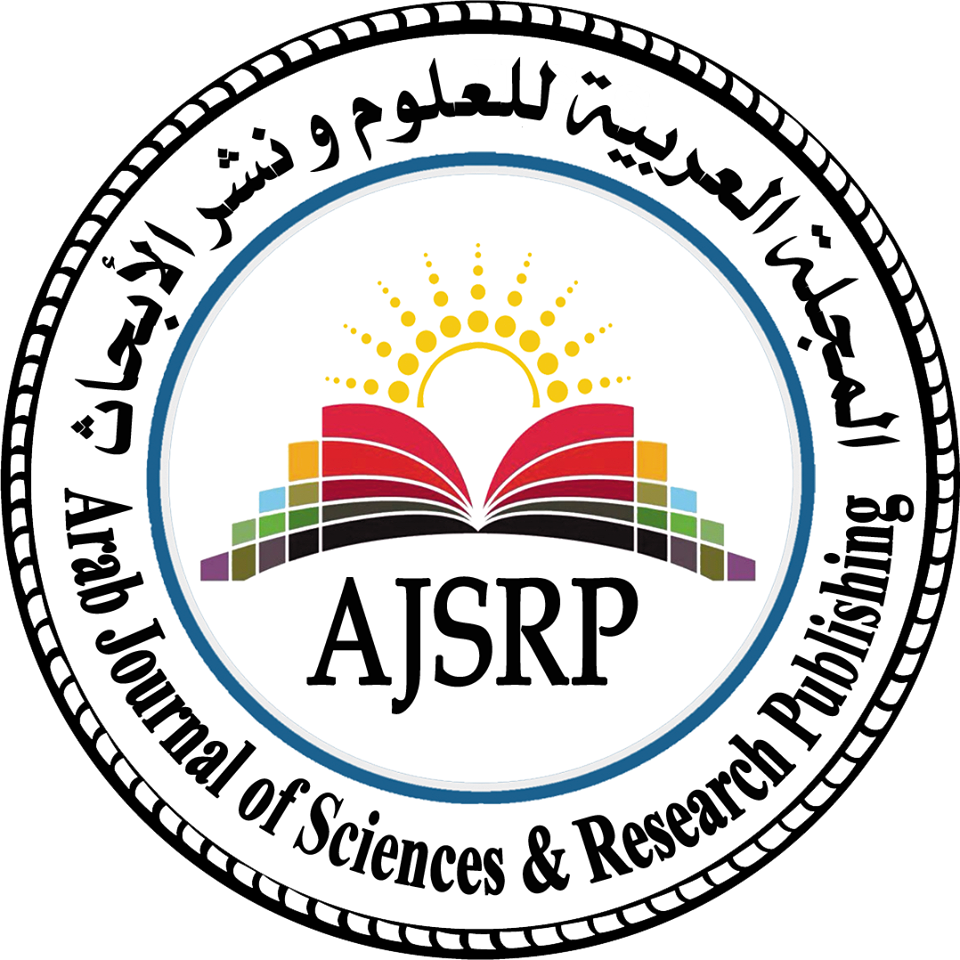سيميائيِّة الأهواء
The Semiotics of Emotions in Diwan (wtar unajy kawsah) By Maher’s Mahl Alrehaily
Prof. Alreem Mufwaz Alfawaz1, Mrs. Mrwa Mokhtar Elgheity*1
1 College of Languages and Translation | Jeddah University | KSA
Abstract: The semiotic theory of emotions is concerned with the study of the emotions of the self while it works, deriving its principles from the semiotics of action, where emotions and passions are an essential part of the human being. Saudi Arabian poetry has kept up with its quality and creativity Arabic texts, and the poetic output of Al-Rahili was the best representative of that, therefore, the researcher chose a diwan (wtar unajy kawsah), as it carries conscious depth and ambiguity, because passions and emotional states are strongly stated in it, The problem of the study was the emergence of passions and emotional tensions that abounded in the Diwan; therefore, the study sought to achieve a critical vision of it in poetic discourse, and relied on the semiotics of emotions, and applied its procedures according to the theory of Grimas and Jacques Fontenay in their book (Semiotics of Emotions). Through the discovery of the characteristics of emotions and their representations, and monitoring of the path of the formation of the value system of emotions, the results of the study summarized in the diversity of what was included in the Diwan from emotions whose effects appeared in the poetic discourse.
The emotions have drawn the features of the self-personality to introduce us to a model of the optimism emotions. In pursuit of human development and qualify life in presence of crises, The study recommends intensifying critical efforts on the semiotics of emotions; To form the features of Arab values.
Keywords: modern literary criticism, contemporary Saudi poetry, semiotics of passions, Maher Al-Ruhaili.
سيميائيَّة الأهواء في ديوان (وترٌ يُناجي قوسَه) لماهر بن مهل الرّحيلي
الأستاذ الدكتور / الرِّيم مفوَّز الفوَّاز1, أ. مروة مختار الغيطي*1
1 كلِّـيَّة اللُّغات والتَّرجمة | جامعة جدَّة | المملكة العربية السعودية
المستخلص: تُعنى نظرية سيميائية الأهواء بدراسة انفعالات الذات وهي تعمل، مستمدَّة مبادئها من سيميائية العمل، والانفعالات والأهواء جزء أساس من كينونة الإنسان، يدل على وجود فائض انفعالي للمشاعر، يُشاهَد في مجموعة من الصفات تعيش في المجتمع؛ لذلك يتم تقييمها لقياس الفائض الكيفي في الانفعال، الذي ينبغي تحديده وتلمُّس العلامات الدَّالة عليه؛ لمعرفة آثاره المعنوية المتحقِّقة في الخطاب، وتمثّلت مشكلة الدراسة في تنوُّع الأهواء والتوتُّرات العاطفية التي زخر بها الديوان، وكان الفأل مسيطرًا عليها؛ لذلك سعت الدراسة لتحقيق رؤية نقدية لها في الخطاب الشعري.
اعتمدت الدِّراسة على سيمائية الأهواء، وطبَّقت إجراءاتها وفقًا لنظريَّة غريماس وَجاك فونتنيي في كتابهما (سيميائيات الأهواء)، واقتصرت حدود الدراسة على ديوان (وترٌ يُناجي قوسَه) للرّحيلي. ومن خلال اكتشاف سمات الأهواء وتمثُّلاتها، ورصد مسار تشكُّل المنظومة القيميَّة للأهواء، تلخَّصت نتائج الدِّراسة في تنوُّع ما اشتمل عليه الديوان من أهواء ظهرت آثارها لدى الذات الشاعرة، وتم رصد أبرز القيم التي تعزِّز الهويّة العربيّة، وتحقِّق الطموحات الشخصية الَّتي تسعى إليها الذات؛ وصولًا للاتزان الدَّاخلي والسَّلام النَّفسي. وأظهرت الأهواء معالم شخصيَّة الذات، وعرضتْ نموذجًا لهوى التفاؤل؛ للوصول إلى السَّعادة، وتحقيق الطموح؛ فتتحسَّن نوعيَّة الحياة ويزيد الشُّعور الشخصي بالهناء وطيب الحياة. وأوصت الدراسة بتكثيف الجهود حول سيميائية الأهواء وتطبيقها في الشِّعر السُّعودي، ؛ لتشكيل ملامح الثقافة المحليَّة، ورسم معالم القيم العربيَّة.
الكلمات المفتاحيَّة: النَّقد الأدبي الحديث، الشِّعر السُّعودي المعاصر، سيميائيِّة الأهواء، ماهر الرّحيلي.

